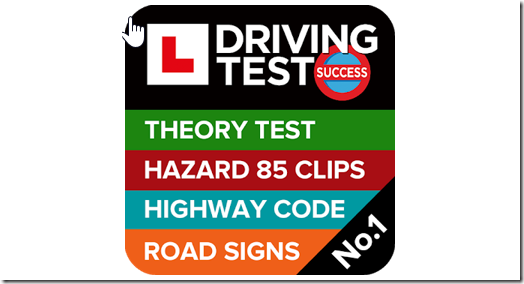 I recently saw an ADI claim that theory test apps are no good because they “only cover 5%” of the possible questions. It’s yet more complete bollocks from so-called “professionals”, and is only true – and even then, only partially – if you (or your pupil) is an idiot.
I recently saw an ADI claim that theory test apps are no good because they “only cover 5%” of the possible questions. It’s yet more complete bollocks from so-called “professionals”, and is only true – and even then, only partially – if you (or your pupil) is an idiot.
The only app I recommend to all my pupils is Driving Test Success (DTS), which is published by Focus Multimedia. I have no affiliation with Focus whatsoever – though an agent of theirs did once contact me offering such a relationship, but I never heard from him again. The full version of DTS contains all the official DVSA revision materials, and unless they are telling lies, that means exactly what it says. They also do a free “taster” version, and that only contains about a third of the total questions in the official question bank (that’s about 30%, and not 5%).
Most of my pupils buy DTS if they haven’t already got something else – some will already have the DVSA one, which is perfectly OK, and which also contains all the relevant revision material. They all pass if they use either of these.
The important word in all this is “buy”. If you wanted to get hold of the raw bank of official questions from DVSA and use it or distribute it in any way, you’d have to pay. I know, because I have looked into it myself. You can register and get the question bank for free to play around with, but the moment you start giving anyone access to it you have to pay a licence fee per unit/user to the to DVSA. If you wanted the Hazard Perception (HPT) clips, it’d cost you £800 up front just for those. You have to be approved to get the raw materials in the first place, and I asked if licensing charges would still apply if I only gave access to my own pupils. They said it would. So any official revision software would incur those same costs for the publisher.
Several years ago, I had advised a pupil to get DTS for his phone. I specifically said to get the one that cost £4.99, and not to download the free one, because it was just a trial version that didn’t have all the questions in it (at the time, it may well have contained only around 5% of the full question bank). He subsequently kept failing his theory test, and I was pulling my hair out as to why – I asked him about his school lessons, possible dyslexia and stuff, everything. He assured me there were no issues, and that he was getting 100% every time he did a mock test. After he failed for about the sixth time with a score that you could have bettered by guessing, something clicked, and I asked “how much did that app cost you?” He replied “oh, nothing. It was free”. I think my reply was something along the lines of “you prat! I told you that was a trial version”.
It turned out he’d been answering the same incomplete sample of questions over and over again (he said he wondered why he kept seeing the same ones). It was no wonder he was getting 100%. Once he bought the full version – with all the questions in it – he passed the next time.
ADIs who make stupid claims about apps only containing 5% of the questions must be of a similar mentality to that pupil. They expect free versions to be the full monty, and stupidly assume that when they aren’t then this must be true of all apps whether paid for or not. God only knows how they qualify as ADIs if they are so dumb. I figured out what “trial” meant the first time I saw it – particularly when there was the paid-for version sitting right next to it in the Android market, prompting the immediate question: why?
The only thing you need in order to pass the Theory Test is the DTS Bundle. It costs £4.99, and includes the Hazard Perception (HPT) clips. The official DVSA one is also fine and costs the same, though I haven’t used it in a long while.
There are some free ones which claim to contain all the questions, though those I’ve seen don’t have the HPT included. They contain advertising and “in-app purchases”. As I say, someone somewhere has to pay.
Frankly, for the sake of £4.99, and the risk failing the £23 Theory Test a few times because you didn’t have the right revision resources, you should stop pissing about and just buy it.
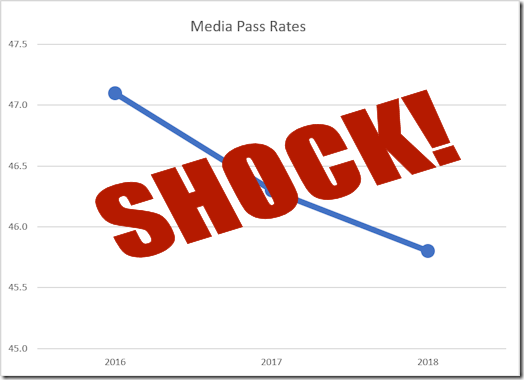
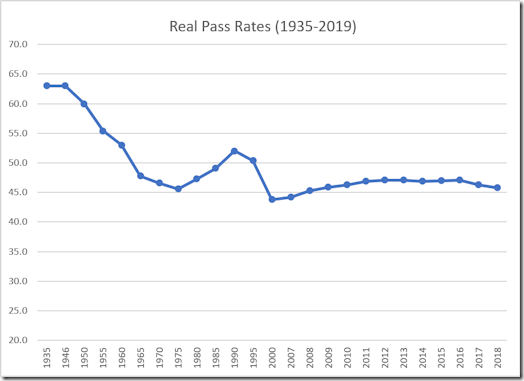

 This often crops up with my pupils, especially when mum or dad is involved in their driving practice.
This often crops up with my pupils, especially when mum or dad is involved in their driving practice. I got an email recently from a company which supplies pupils. I don’t have any real problem with places like this (as long as they aren’t ripping people off), but one thing about it made me smile.
I got an email recently from a company which supplies pupils. I don’t have any real problem with places like this (as long as they aren’t ripping people off), but one thing about it made me smile.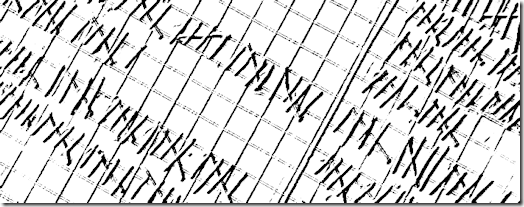 I’m proud of the fact that I have never had any points on my driving licence. That’s not to say that when I was a newly-qualified 17-year old I was some sort of angel, but as the years have gone by I have become… well, as I already said. Proud. And I always try to convey that to my learners, so that they can aim for the same record.
I’m proud of the fact that I have never had any points on my driving licence. That’s not to say that when I was a newly-qualified 17-year old I was some sort of angel, but as the years have gone by I have become… well, as I already said. Proud. And I always try to convey that to my learners, so that they can aim for the same record.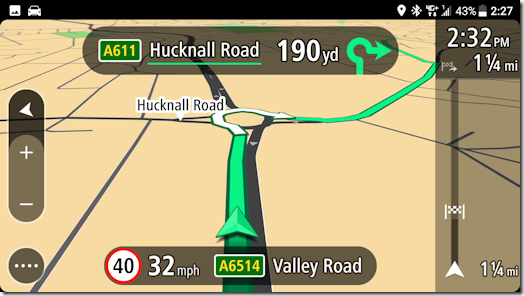
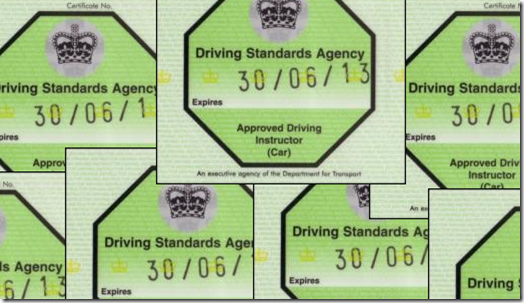 This article is now obsolete, as it partly dates from 2010 and includes details up to 2018.
This article is now obsolete, as it partly dates from 2010 and includes details up to 2018. 